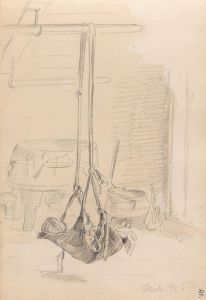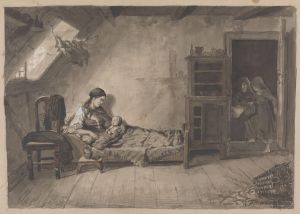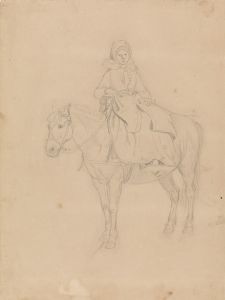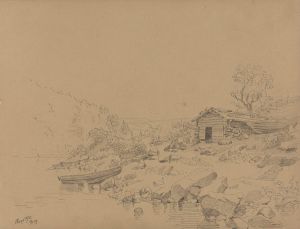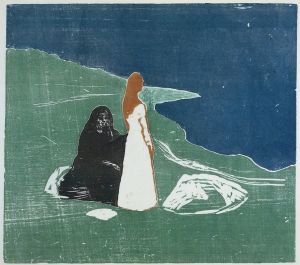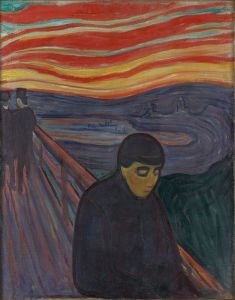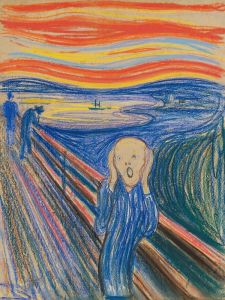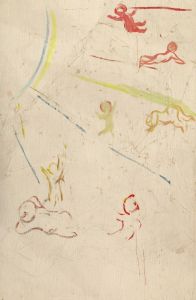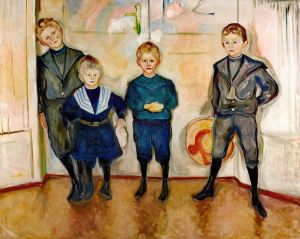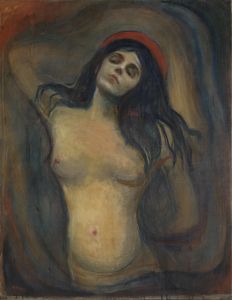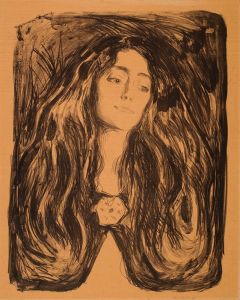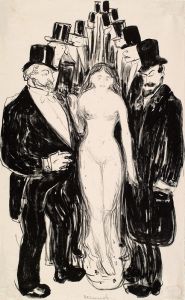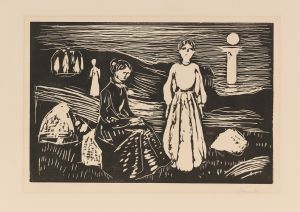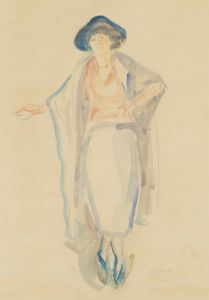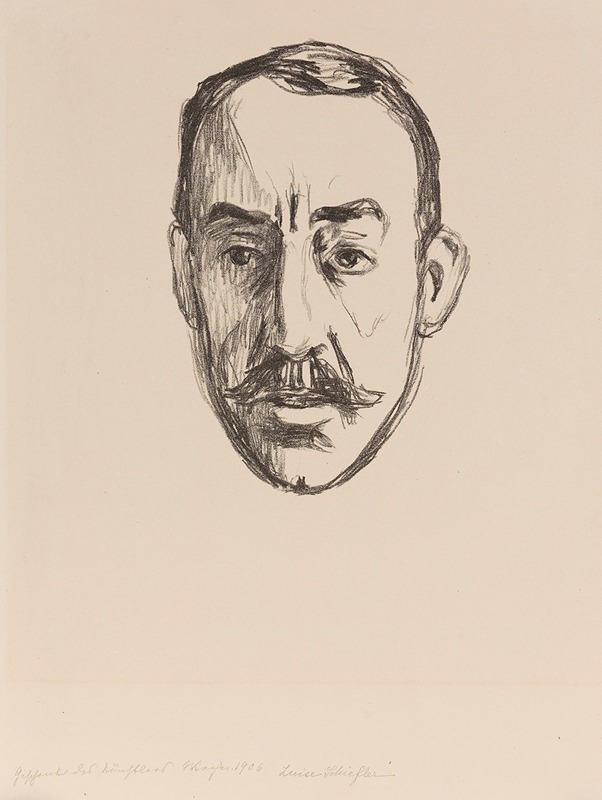
Henry van de Velde
A hand-painted replica of Edvard Munch’s masterpiece Henry van de Velde, meticulously crafted by professional artists to capture the true essence of the original. Each piece is created with museum-quality canvas and rare mineral pigments, carefully painted by experienced artists with delicate brushstrokes and rich, layered colors to perfectly recreate the texture of the original artwork. Unlike machine-printed reproductions, this hand-painted version brings the painting to life, infused with the artist’s emotions and skill in every stroke. Whether for personal collection or home decoration, it instantly elevates the artistic atmosphere of any space.
Henry van de Velde by Edvard Munch is a portrait painted by the Norwegian artist Edvard Munch in 1896. The artwork depicts the Belgian architect and designer Henry van de Velde, a prominent figure in the Art Nouveau movement and an advocate for modern design principles. This painting is one of several portraits Munch created during his career, showcasing his interest in capturing the psychological depth and character of his subjects.
The portrait was created during a period when Munch was living in Paris and actively engaging with avant-garde circles in Europe. Van de Velde, known for his innovative approach to design and his contributions to the development of modernism, was a fitting subject for Munch, who was similarly pushing boundaries in the realm of visual art. The two figures shared an interest in exploring new artistic expressions and rejecting traditional academic styles.
Munch's style in this portrait reflects his characteristic use of bold lines, simplified forms, and expressive color palettes. These elements contribute to the emotional intensity of the work, a hallmark of Munch's approach to portraiture. The painting captures van de Velde's intellectual presence and creative energy, aligning with Munch's broader interest in portraying the inner life of his subjects rather than merely their physical appearance.
The portrait of Henry van de Velde is part of Munch's broader body of work that includes numerous portraits of artists, writers, and intellectuals of his time. These works often served as a means for Munch to explore the connections between art, identity, and emotion. The painting also reflects the cultural and artistic exchanges taking place in Europe at the end of the 19th century, as artists and thinkers from different disciplines and countries influenced one another.
Today, the painting is recognized as an important example of Munch's portraiture and his engagement with the cultural figures of his era. It also serves as a testament to the interconnectedness of the art and design movements of the late 19th and early 20th centuries. The current location of the painting is not specified in widely available sources, but it remains a significant work in the context of both Munch's oeuvre and the history of modern art.





